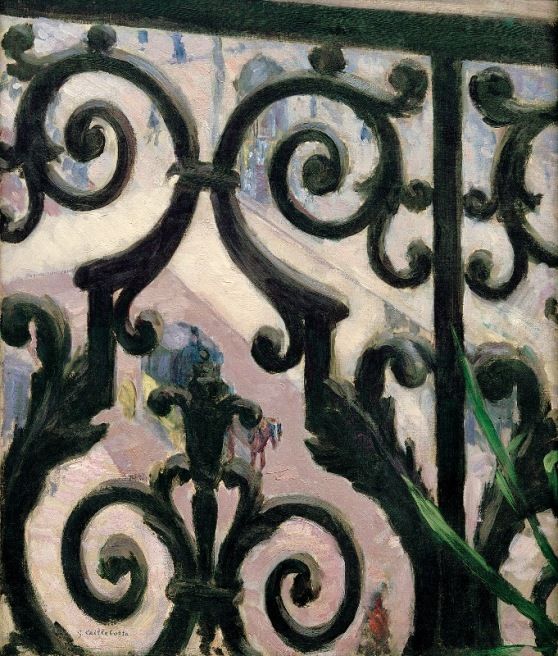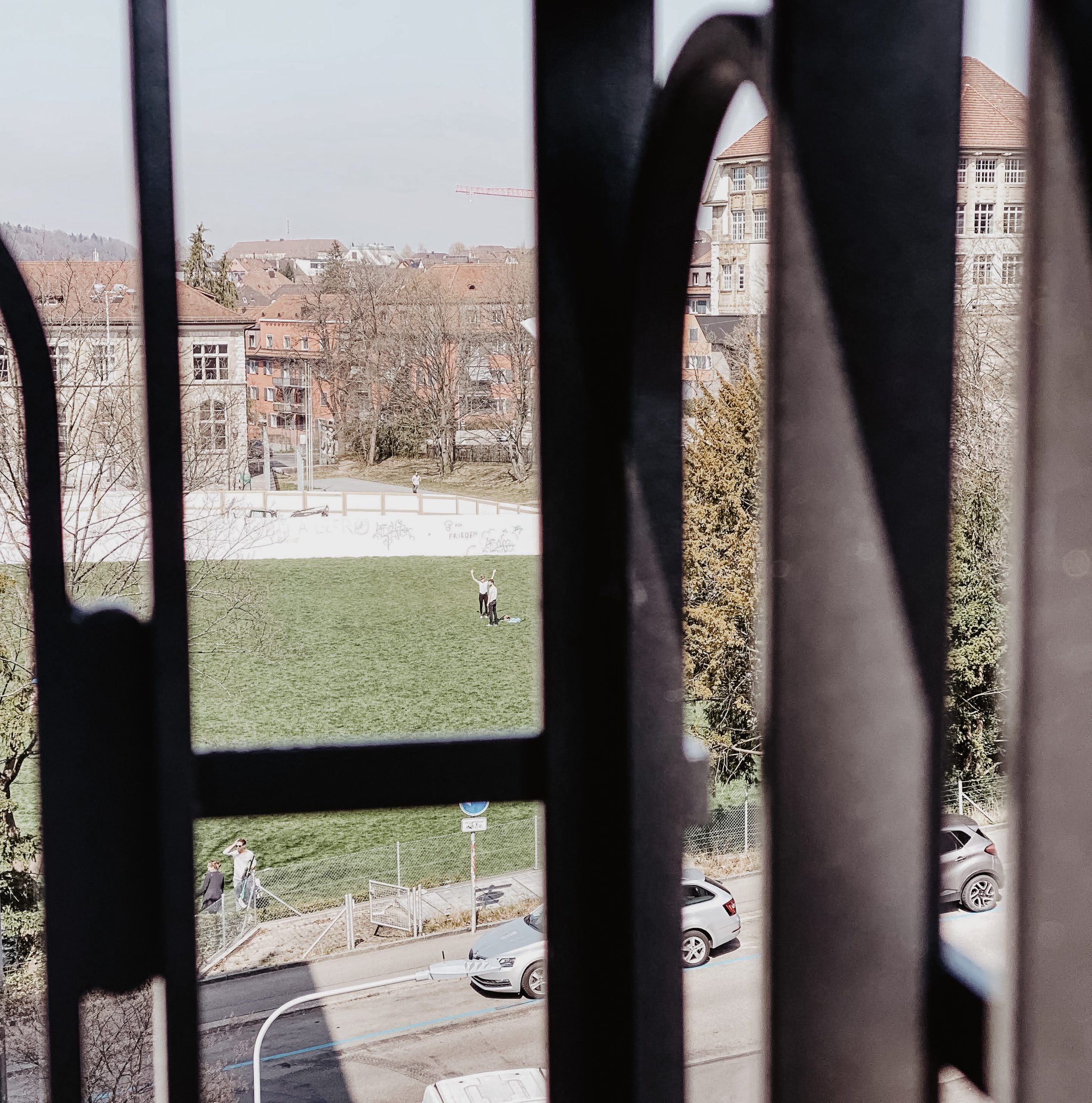Viral Balcony
In 2020, the freedom of movement of many citizens around the world was restricted. As part of the attempt to mitigate the effects of the covid-19 virus, people were advised to remain within their private domains and restrict their use of public spaces to the bare minimum. Keeping citizens out of the public sphere in our contemporary societies was, fortunately, not an idea that was simply accepted. On the contrary, citizens around the world searched for alternative ways of accessing the public sphere, for new ways of meeting one another and tactics for sharing, caring and supporting others: for different ways of commoning. The digital sphere offered many new opportunities to encounter, exchange and collaborate. Also in the analogue world, in our neighbourhoods and cities, alternative forms of contact developed. One architectural element played a key role: the balcony.
Some years ago, we started within the frame of Rem Koolhaas’ project ‘The Elements of Architecture’ an intense investigation into the architectural element of the balcony. In 2020, we continued this research at the Chair of the History and Theory of Urban Design of the gta, ETH Zürich. We explored how, in the era of covid 19, the balcony proved to be one of the most powerful architectural elements of the city: individual podium of collectivity, private parlour of public presence, and personal lighthouse of the commons.
We started to gather visual material related to collective balcony practices on our Instagram account, @avermaete_gta_ethz, catalogued under the hashtag #viralbalcony. Beginning with a call for followers to submit their own balcony experiences, this archive brought together photographs and videos that were widely shared alongside more intimate vignettes from the pandemic. Submissions covered a physically distanced Shabbat on the balconies of Zurich Wiedikon, clapping and cheering for first responders from Toronto’s balconies, and white flags hung in honour of healthcare workers in the empty streets of Belgium. Social media, in this way, became a means of assembling a crowd-sourced archive of the balcony in a crisis, from global users in real-time.
Simultaneously, the hashtags allowed a set of indirect and surprising analogies to emerge – including works of art, film stills, historical curiosities and cartoons – that revealed the changing role of the balcony in society. Some of these images have been collected here on our website, under the “stories collected” tab.
This research also led to the publication of a journal article, “The Viral Balcony: Or the Vicissitudes of an Urban Element in Times of Pandemic”, published in gta Papers 5: Social Distance. This essay was authored collectively by members of the Chair of the History and Theory of Urban Design.
Hover Image: ‘Vue prise à travers un balcon’ 1880 by Gustave Caillebotte
Tom Avermaete, Fatina Abreek-Zubiedat, Marianna Charitonidou, Irina Davidovici, Nicole de Lalouvière, Janina Gosseye, Hamish Lonergan, Cathelijne Nuijsink, Hans Teerds, Maxime Zaugg
Finally, some movement!
Lausanne, March 19, 2020
Today, the balconies become more alive indeed! A lady next to us is talking on a chair on the phone. The family on the same floor 100m away is almost all afternoon outside and they started to use it for exercise: the teenage daughter is doing gymnastics with her mother while the teenage boy is running around. On another one an older man is sitting on the chair in the sun. People start to use slowly the potential of the outside living space, the difference to yesterday is quite remarkable. I tend to use my old camera way more often than yesterday and I feel more like a paparazzi.
Text and Image by Korinna Weber


Vue prise à travers un balcon
Zürich, 28 March 2020
Vue prise à travers un balcon is not only the title of Caillebotte’s painting (1880) but also a view of the city and our surroundings that we perceive more often due to the current situation. This view to the outside reciprocally also allows an insight from the city into our daily life.
Text and image (right) by Maxime Zaugg
Image (left): ‘Vue prise à travers un balcon’ 1880 by Gustave Caillebotte


Adaptations
Zürich, March 21 2020
With public spaces closed across Switzerland, the balcony becomes an impromptu place of worship in Zurich Wiedikon.
Image by Friederike Merkel
Sameness
Antwerp, 21 March, 2020
It is touching to see how the balcony’s former ornamental reason for existence becomes currently transformed by its users; a tool for expressing the social aspect of sameness, since the white sheets hanging over the balconies are a symbolic support for Belgium’s healthcare workers.
Text and image by Glenn Lyppens


Ingenious and Overcomplicated
Heath Robinson (1872-1944) was an English cartoonist whose name entered the dictionary during WWI to describe something ‘ingeniously or ridiculously overcomplicated in design or construction.’ While Robinson’s cartoons gently mocked the unnecessary complexity of technology in his time, in the time of COVID1-9, confined to our homes, they might inspire playful new ways of using the spaces we already have
Text by Hamish Lonergan
Image from ‘How to Live in a Flat’ (1937) by Heath Robinson
Play
Here’s a little sequence I observed from my own balcony the other day. The little girl from the balcony threw paper planes, and the neighbours used the basket to send them back up. It was rather cute! (At the Steinwies-/Irisstrasse Housing by EMI Architekten
Text and image by Irina Davidovici
